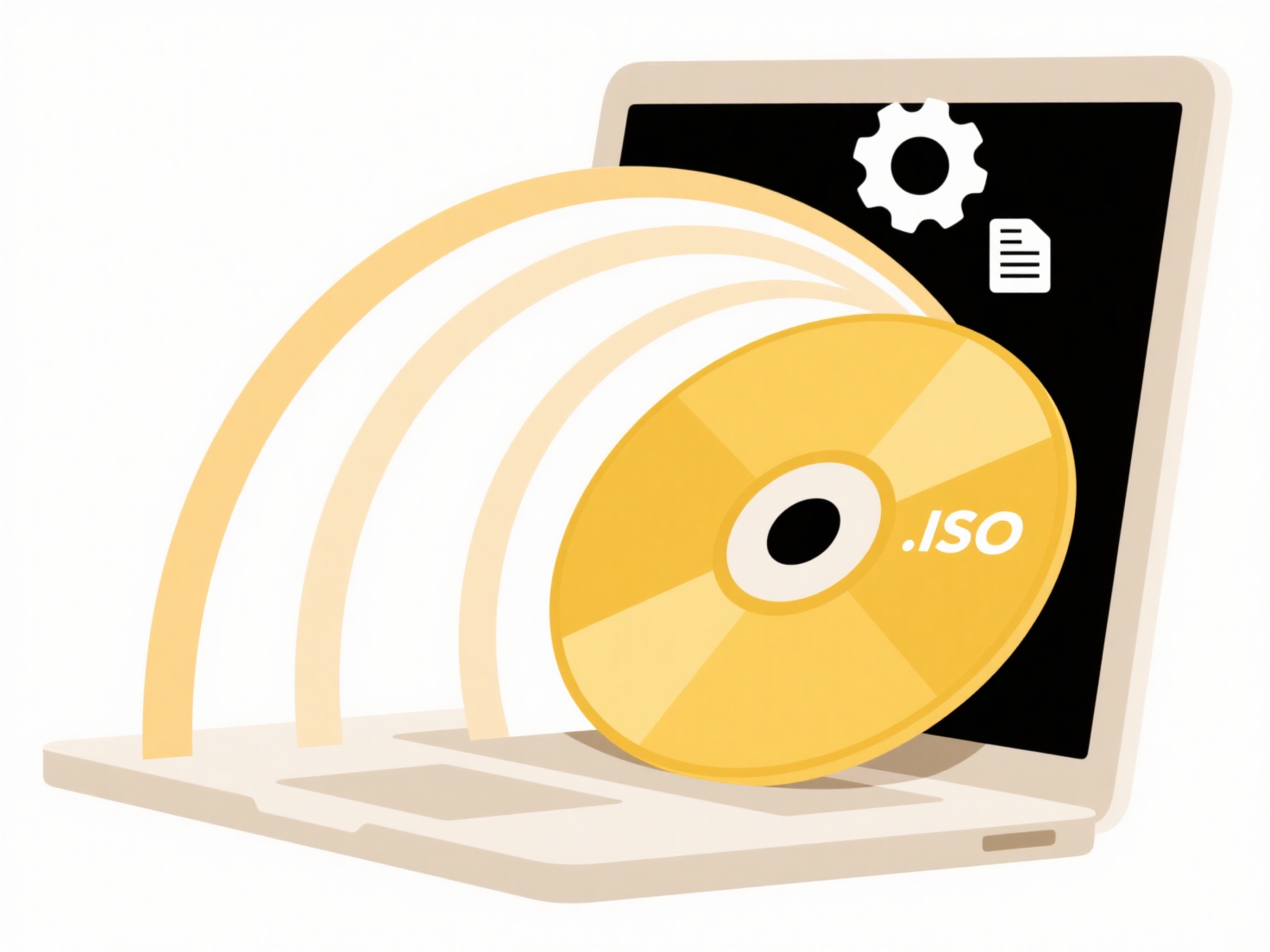
Auto-save is a feature designed to periodically save changes made to your work automatically, without requiring manual input. How frequently this happens depends entirely on the specific program and its configuration, not a universal standard. Key factors influencing the interval include the program's design (some save constantly, others at fixed intervals), the file type being worked on, and settings the user or administrator might have chosen. This differs from manual saving where you explicitly trigger the action.
Common defaults range from every few minutes in applications like Microsoft Word (typically 10 minutes by default) to near-continuous saving in cloud-based tools like Google Docs. Graphic design software like Adobe Photoshop often defaults to saving recovery information every interval (e.g., 5-15 minutes). The industry and tool type heavily influence the implementation; mission-critical database or financial software might save more frequently than a basic text editor.

While auto-save significantly reduces data loss from crashes or power outages, it's not foolproof. Work completed between saves might be lost, and conflicts can arise if multiple users edit simultaneously. It also doesn't eliminate the need for manual saves before critical operations or closing files. To maximize effectiveness, users should learn their specific program's behavior, configure the auto-save interval if possible, and still develop the habit of manual saves for important milestones. Future improvements focus on making auto-save behavior more transparent and configurable to the user.
How often does my program auto-save?
Auto-save is a feature designed to periodically save changes made to your work automatically, without requiring manual input. How frequently this happens depends entirely on the specific program and its configuration, not a universal standard. Key factors influencing the interval include the program's design (some save constantly, others at fixed intervals), the file type being worked on, and settings the user or administrator might have chosen. This differs from manual saving where you explicitly trigger the action.
Common defaults range from every few minutes in applications like Microsoft Word (typically 10 minutes by default) to near-continuous saving in cloud-based tools like Google Docs. Graphic design software like Adobe Photoshop often defaults to saving recovery information every interval (e.g., 5-15 minutes). The industry and tool type heavily influence the implementation; mission-critical database or financial software might save more frequently than a basic text editor.

While auto-save significantly reduces data loss from crashes or power outages, it's not foolproof. Work completed between saves might be lost, and conflicts can arise if multiple users edit simultaneously. It also doesn't eliminate the need for manual saves before critical operations or closing files. To maximize effectiveness, users should learn their specific program's behavior, configure the auto-save interval if possible, and still develop the habit of manual saves for important milestones. Future improvements focus on making auto-save behavior more transparent and configurable to the user.
Related Recommendations
Quick Article Links
Can I control how a cloud platform handles duplicates?
Cloud platforms typically offer some control over how duplicates are handled, though the specifics depend on the service...
What is an .mp4 file?
An MP4 file is a widely used digital container format for storing audio and video data, along with subtitles and images....
How can I tag or label photos for easier searching?
How can I tag or label photos for easier searching? Efficient photo management often involves applying descriptive key...